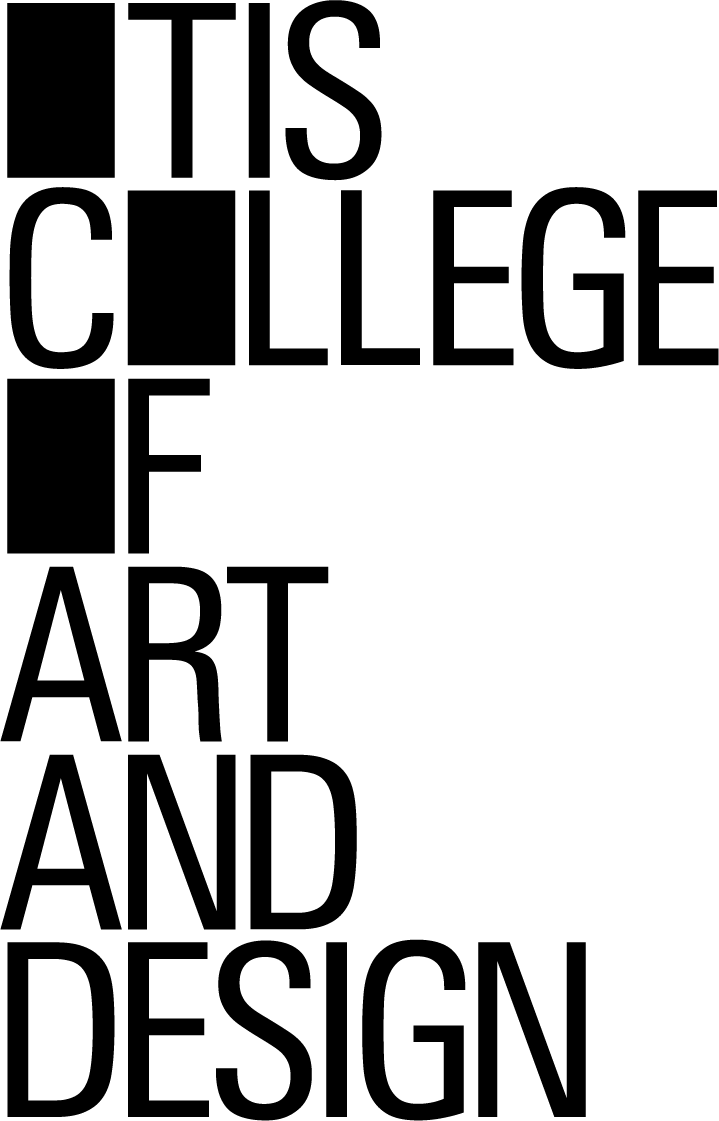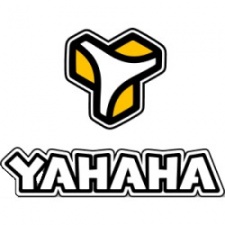The Magic Circle
 The “magic circle” is a term coined by Dutch historian Johan Huizinga, author of the book Homo Ludens: A Study of the Play-Element. Huizinga also coined the term “play theory”.
The “magic circle” is a term coined by Dutch historian Johan Huizinga, author of the book Homo Ludens: A Study of the Play-Element. Huizinga also coined the term “play theory”.
The magic circle is an area, either physical or conceptual, set aside for play: the tennis court, the stage, the movie screen. (Huizinga made no distinction between play and ritual, so the magic circle is also a consecrated spot for ritual, such as the courthouse, the classroom, or the temple).
This magic circle is a temporary world, set apart from the “real” world, where acts take on special meanings and participants agree to take on certain roles. In the magic circle of a soccer game, for example, the act of kicking a ball takes on the meaning of scoring a goal.
In the real world, where we work and toil, we experience questioning, responsibilities, uncertainties, and fears. However, in the magic circle of play and ritual, we experience dreams, immersion, creativity, challenge, and catharsis. As we leave the magic circle, those experiences transform into meanings. This is one of concepts that lead Huizinga to conclude that play may be the primary formative element of human culture, and that “man is only completely a man when he plays.”
When we play a game — whether it is a sports game, board game, or video game — we enter or form a magic circle that is separate in time and space from work. Even spectators of the game form their own magic circle.
What magic circles do you participate in, and what part do they play in your own formative growth?
Posted on July 28, 2014, in Game Design. Bookmark the permalink. 1 Comment.






Pingback: What Type of Gamer Are You Today? | David Mullich